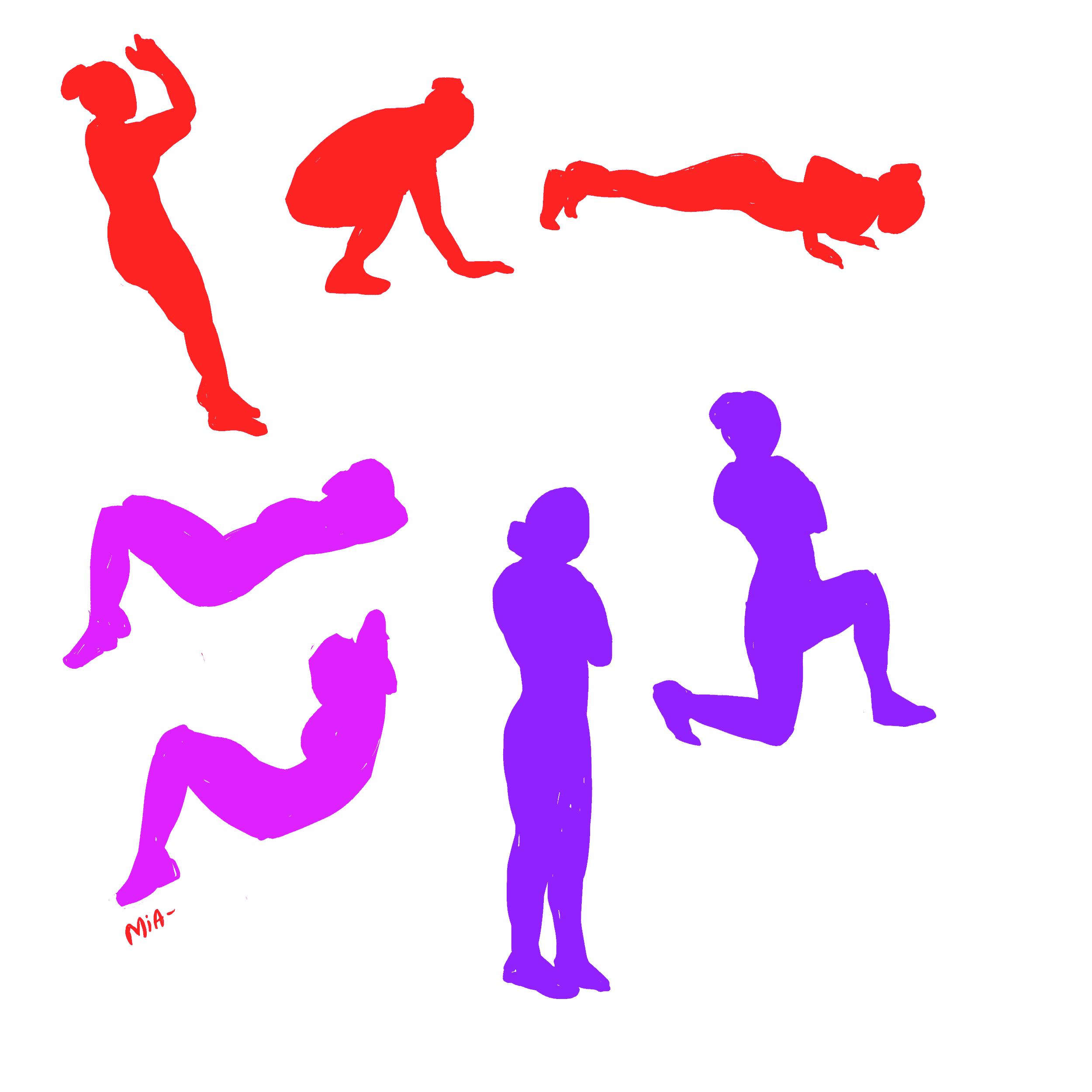Most people who exercise want to gain the most from workout in the smallest amount of time. Luckily, high-intensity interval training (HIIT) workouts are the optimal time-saver exercise program. With no equipment necessary, HIIT workout is a short and convenient way to boost your fitness the busy exam months.
HIIT workouts consist of alternating short bursts of high intensity exercises with periods of lower intensity exercises or rest. One common variation is Tabata Training, which consists of a four-minute continuous repetition of 20 seconds of maximal effort followed by 10 seconds of rest.
Compared to regular aerobic or steady exercise, HIIT workouts create a greater metabolic demand. During the high intensity period, the body reaches at least 80 per cent of maximal aerobic capacity, or rate of oxygen uptake. At this time, the body enters anaerobic metabolism, where the heart cannot pump enough oxygen to the rest of the body. The lack of oxygen causes a cascade of mechanisms in organs in the body to produce a greater training response.
HIIT workouts also cause effective long-term fat loss and can continue to burn up to 150 calories even after the workout is over. During the low intensity period, the body enters aerobic metabolism, where it receives oxygen and recovers from the metabolism boost from the high intensity period. This afterburn effect, the excess post-exercise oxygen consumption or ‘EPOC,’ can continue up to 48 hours after the workout. The burning of calories can significantly decrease body cholesterol and increase insulin sensitivity, which lowers the chances of diabetes and cardiovascular disease.
The HIIT workout is the ideal method to maintain — and increase — fitness for athletes with limited time and busy schedules. In a time crunch? A quick HIIT workout may just be the right tool you need to replace that 60-minute workout at the gym.


